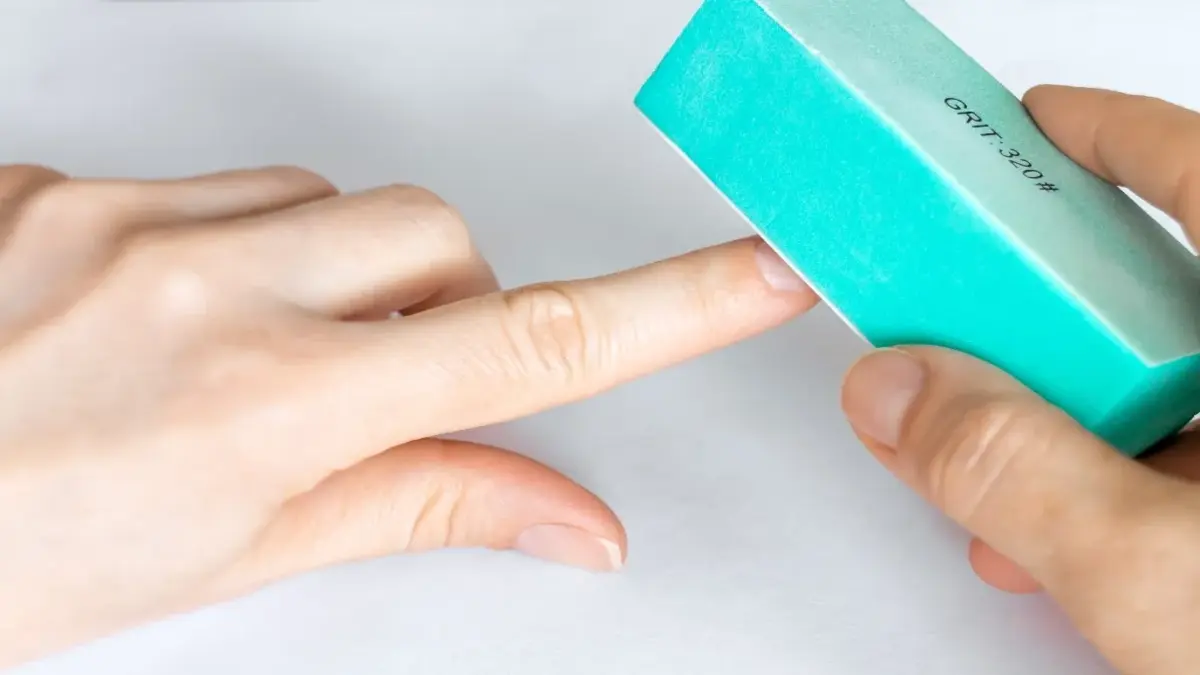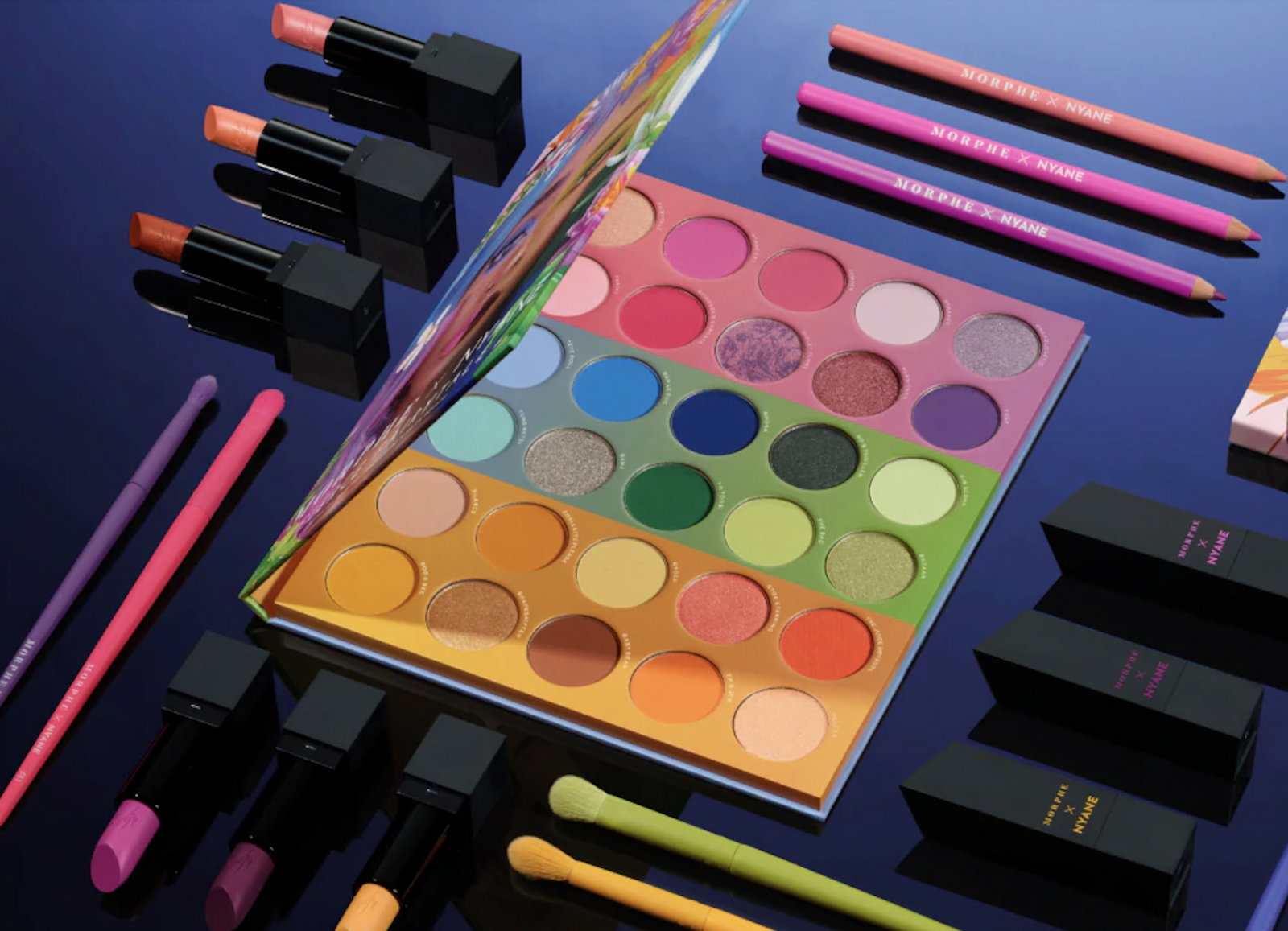How to Use a Nail Buffer:
Once you’ve shaped your nails to your liking with a file, transition to the ‘smooth’ section of the buffer. Initiate the buffing procedure by creating an X pattern across the nail, commencing from the top and progressing downward. Glide from the top-right to the bottom-left, then shift to the top-left and move towards the bottom-right. Finally, move from the top-center to the bottom-center. Systematically employ this technique on every section of the nail buffer, guaranteeing a meticulous and uniform buffing process.
Avoid using a sawing motion while buffing. Limit the number of strokes to approximately four per section. Exercise caution to prevent overworking the nail, as excessive buffing may lead to weakness and thinning. As a precautionary measure, engage in nail buffing only once a month.
The Different Types of Nail Files:
A significant issue with DIY manicures and pedicures is the risk of nail buffer splitting. Using nail files incorrectly, particularly with a sawing action, can lead to nails splitting. It is crucial to file nails in the proper direction, following the indicated arrows for a correct and effective filing technique.
Emery Boards
An emery board stands out as a widely recognized type of nail buffer file, crafted from layers of cardboard paper and available in various grits. Some emery boards may feature numerical markings, and it’s essential to keep in mind that the higher the number, the finer and smoother the file will be.
What distinguishes files from buffers?
The material constituting the core or board between the two sides of the file holds significant importance in determining the outcome. A harder and less flexible core transfers more energy from your hand directly to the area between the file and the nail buffer plate, resulting in a more powerful effect. Hence, it is logical to pair a hard core with low grits when aiming to remove more material efficiently without exerting excessive force, especially during prolonged daily work that could strain your hand, arm, or shoulder.
Conversely, if the goal is to achieve a high shine on the nail plate using high grits, it is preferable to work with a soft core. This soft core absorbs and evens out the level of energy transferred to the file, a technique commonly referred to as buffing the nail. Consequently, the thick, soft, and spongy files used for this purpose are known as buffers. Buffers are more flexible and gentler, making them ideal for polishing products or the natural nail buffer, depending on the grit. For instance, a 180-grit file behaves differently on the nail plate based on whether it is classified as a file or a buffer, due to the varying amount of energy transferred during the process.










